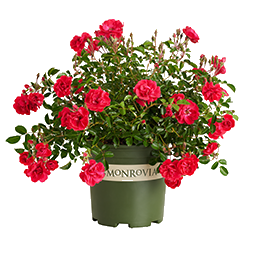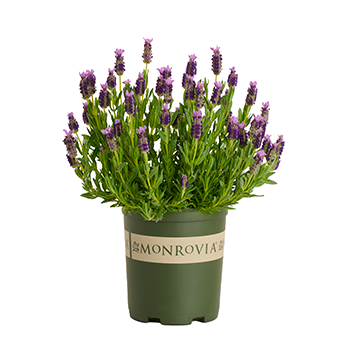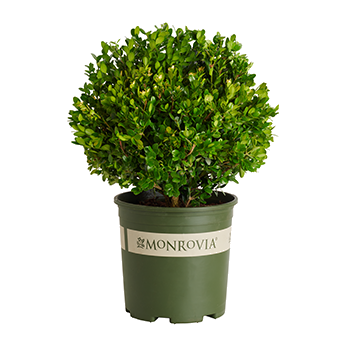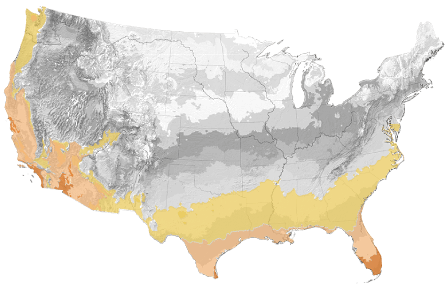You're growing in this Zip Code:
Change LocationDiscover Plants for Your Area
Tom Knudsen Camellia
Camellia japonica 'Tom Knudsen'
Retailers Near You
No Retailers found within 100 miles of your zipcode
Be Inspired: How to Use this Plant
| Bloom Time | Fall through winter |
|---|---|
| Deciduous/Evergreen | Evergreen |
| Special Features | Easy Care, Non-toxic to Cats and Dogs |
| Growth Rate | Slow |
| Growth Habit | Upright |
| Flower Attributes | Flowers for Cutting, Long Bloom Season, Showy Flowers |
| Landscape Use | Border, Container, Espalier, Privacy Screen |
| Design Ideas | Be sure to keep this beauty in viewing distance in patio beds, containers or decorating the foundation plantings around your house. Great as an espalier to cover walls. If set back in a woodland setting, plant in mass and complement with low growing perennials. A wonderful specimen in Asian gardens and believed to bring wealth if planted at the entrance to your home, as are other red flowering plants. |
| Flower Color | Red |
| Foliage Color | Dark Green |
| Companion Plants | Lily of the Valley (Pieris); Azalea (Azalea); Peony (Paeonia); Japanese Maple (Acer); Mountain Laurel (Kalmia) |
| Care Instructions | Provide organically rich, well-drained, acidic soil. Keep roots cool with a thick layer of mulch. Water deeply and regularly during the first growing season to establish an extensive root system; reduce frequency, once established. Feed with an acid fertilizer after flowering. |
| History | Camellias are native to eastern and southern Asia. C. japonica was imported into the Philippines but is native to China, Japan, Korea and Taiwan. The genus Camellia was named by Carolus Linnaeus who named it for a Jesuit missionary Georg Kamel, who cultivated an important garden of local medicinal plants on the Philippine Island of Luzon in the 17th century. Tom Knudsen was a chance seedling found in 1956 by Frank Maitland of Sylmar, CA. Red camellias are a symbol of wealth and white Camellias signify loveliness. Camellias represent longevity and faithfulness and have long been a primary floral component in Asian weddings. |
| Bloom Time | Fall through winter |
|---|---|
| Deciduous/Evergreen | Evergreen |
| Special Features | Easy Care, Non-toxic to Cats and Dogs |
| Growth Rate | Slow |
| Growth Habit | Upright |
| Flower Attributes | Flowers for Cutting, Long Bloom Season, Showy Flowers |
Retailers Near You
No Retailers found within 100 miles of your zipcode
Retailers Near You
No Retailers found within 100 miles of your zipcode
Buy Online
We cannot currently ship this product to your zip code.
About Us
We have been pioneers and craftsmen in the art of growing plants for nearly
100 years. Since our founding in Southern California by Harry E. Rosedale, Sr.
in 1926, we have been absolutely dedicated and obsessed with quality.
We have been pioneers and craftsmen in the art of growing plants for nearly 100 years. Since our founding in Southern California by Harry E. Rosedale, Sr. in 1926, we have been absolutely dedicated and obsessed with quality.







